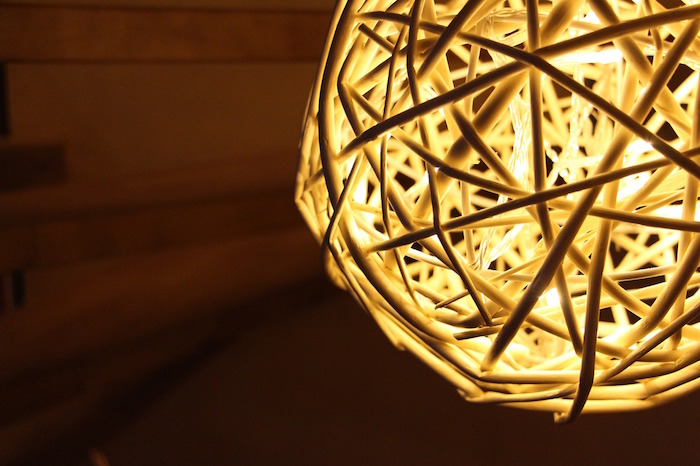Einstein was never comfortable with quantum entanglement—in which measuring one particle can affect another instantaneously, even if it is halfway across the universe—saying that it violates ‘local realism.’ A new experiment, though, has closed the last major loopholes in a test that provides support for this ‘spooky action at a distance’ that Einstein hated so much.
For Einstein, the strange action of entangled particles implied that some information was able to pass between the particles faster than the speed of light, which he had shown to be an impassable constant. To reconcile the entanglement, he suggested that the particles have certain ‘hidden variables,’ which we cannot access, that allow the particles to behave in sync.
In the 1960s, Irish physicist John Bell proposed a test that would differentiate between the standard quantum mechanics interpretation of entanglement and Einstein’s hidden variables. According to Bell’s calculations, hidden variables would be able to explain only a fraction of the correlations shared by entangled particles. Above that limit, Einstein must be wrong. In practice, however, this test has certain loopholes that allowed for the continued possibility of hidden variables.
One of these was the ‘detection loophole,’ in which not all of the particles (photons in the original experiment) could be detected. Another was a ‘communication loophole’ that allowed for near-instant, but slower than the speed of light, communication if the particles were too close together.
Researchers from Delft University of Technology, in a paper submitted August 24 to the arXiv preprint repository, found a way around these two loopholes. To aid in detection, they started with larger particles—electrons trapped inside diamond crystals. These were kept in separate labs at the university, 1.3 kilometers apart—taking care of the communication loophole.
 Because the electrons were so far apart, though, the researchers had to use something called ‘entanglement swapping’ to bind them together. The electrons were first entangled with separate photons, which were then sent to a third location between the two labs. These two photons were then entangled with each other, which led to the entanglement of the original electrons.
Because the electrons were so far apart, though, the researchers had to use something called ‘entanglement swapping’ to bind them together. The electrons were first entangled with separate photons, which were then sent to a third location between the two labs. These two photons were then entangled with each other, which led to the entanglement of the original electrons.
Over the course of nine days, the researchers managed to entangle 245 pairs of electrons, while closing both the detection and communication loopholes. Measurements made by the researchers—when fit into Bell’s original equation—showed that the correlations shared by electrons could not be due to hidden variables. This meant that the standard quantum view of entanglement is correct.
This, of course, is a blow for ‘local realism,’ but it closes the book on one of the dangling mysteries of quantum mechanics, which has more than its fair share of strange phenomena. There is, however, one remaining loophole, first suggested by Bell himself. The so-called ‘freedom-of-choice loophole’ suggests that some hidden variables might still exist that could force experimenters to measure certain properties, thereby fooling them into thinking that quantum theory is right. As mind-boggling as it seems, this may not be a problem for most physicists.
“It could be that there is some kind of superdeterminism, so that the choice of measurement settings was determined at the Big Bang,” Matthew Leifer, a quantum physicist at the Perimeter Institute for Theoretical Physics in Waterloo, Canada, told Nature News. “We can never prove that is not the case, so I think it’s fair to say that most physicists don’t worry too much about this.”



